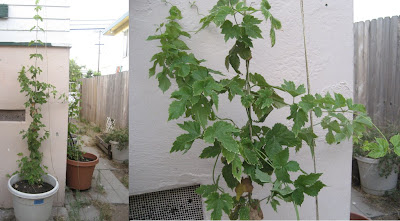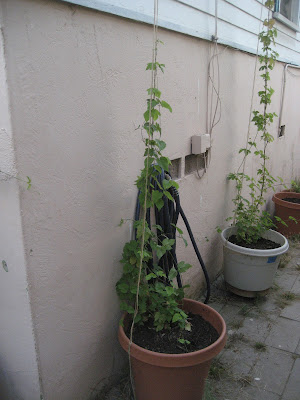Hop experts hopefully you can help figure out why all 3 of our hop plants have stopped growing and are slowing turning yellow.
We have Magnum, Centennial and Chinook. All three were healthy chunks of a crown taken from an established hop garden/farm. We planted them in 50/50 compost and organic potting soil. Then mulch on top. They have been watered fairly deeply every 2-3 days. No other fertilizer has been used. We did get a few spider mites but they were killed pretty quickly using Sevin.
All three started off very well until a couple weeks ago. I marked the height of the growing tip and have not seen growth for 2 weeks and the tip is starting to turn brown. And the leaves have slowly turned yellow. The weather in San Diego has been pretty normal for us 70-80.
I wondering if we should add fertilizer and what kind?
OR
Will it help to use lighter more frequent waterings?
Here are a few pictures.
Chinook
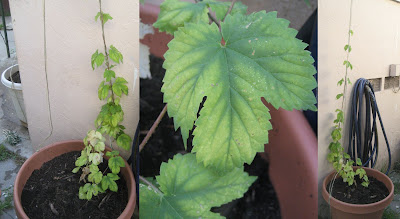
Centennial
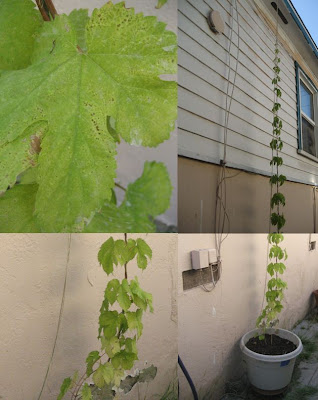
Magnum
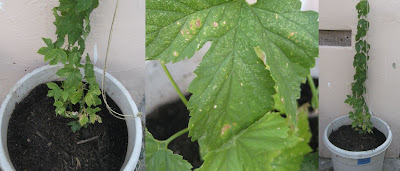
and there is some more pics on my website
http://jeffreycrane.blogspot.com/2011/05/2011-hop-gardens.html
We have Magnum, Centennial and Chinook. All three were healthy chunks of a crown taken from an established hop garden/farm. We planted them in 50/50 compost and organic potting soil. Then mulch on top. They have been watered fairly deeply every 2-3 days. No other fertilizer has been used. We did get a few spider mites but they were killed pretty quickly using Sevin.
All three started off very well until a couple weeks ago. I marked the height of the growing tip and have not seen growth for 2 weeks and the tip is starting to turn brown. And the leaves have slowly turned yellow. The weather in San Diego has been pretty normal for us 70-80.
I wondering if we should add fertilizer and what kind?
OR
Will it help to use lighter more frequent waterings?
Here are a few pictures.
Chinook

Centennial

Magnum

and there is some more pics on my website
http://jeffreycrane.blogspot.com/2011/05/2011-hop-gardens.html









![Craft A Brew - Safale BE-256 Yeast - Fermentis - Belgian Ale Dry Yeast - For Belgian & Strong Ales - Ingredients for Home Brewing - Beer Making Supplies - [3 Pack]](https://m.media-amazon.com/images/I/51bcKEwQmWL._SL500_.jpg)

















































